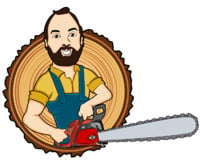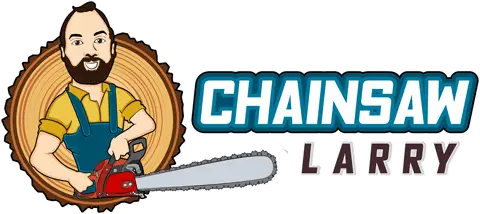Table of Contents
So you’re looking for a hand saw?
Do you want to know a little more about what each one does?
If so, you’ve landed on the right page.
Hand saws were invented back in the 1500’s, much earlier than the chainsaw, and are still just as popular today! (If you want to learn more about when chainsaws were invented, enjoy my article When Were Chainsaws Invented.)
Hand saws continue to be one of the most popular versions of the saw, used for many purposes within construction and are useful for homeowners. Here are different types of handsaws within the overarching category.
Here I’ll go over the most popular types of hand saws out there and their purposes. Each will serve you well for a varying reason, whether that might be a home improvement project or cutting down a tree in your backyard.
I hope this article provides you with the information your looking for and helps you choose the right one for your needs.
Let’s get into it!
Hacksaw

This type of hand saw on our list is the hacksaw. This saw is fine-toothed, a staple in any builder’s tool chest. It’s not a saw meant for precision, like it’s name references but it is very affordable and gets the job done. It’s great to have on hand at all times.
A hacksaw is excellent for the following purposes:
- Cutting through solid pipes, rods, and brackets
- Breaking through plastic
A hacksaw is ideal for when you need to cut through solid material.
To safely utilize a hacksaw, make sure you adjust the saw until there’s slack. Ensure the teeth are pointing away from the handle. As you cut, put the item in a vice so everything is in place. Wear gloves and glasses as you move along and use shorter cuts to get started.
Crosscut Saw
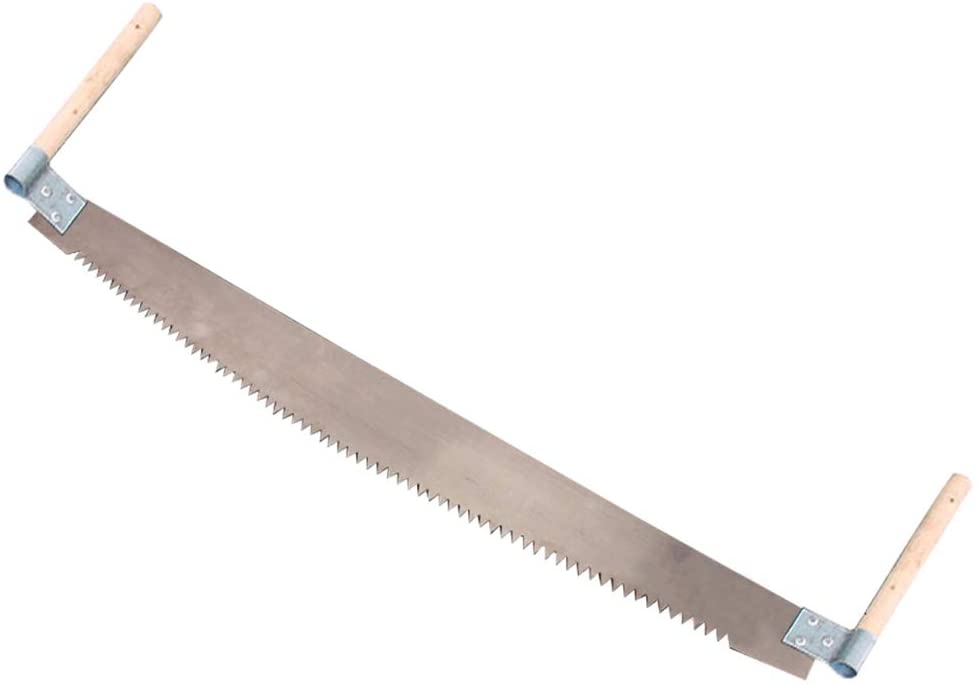
Next up on our list of hand saws is the crosscut saw. This saw is unique, consisting of a blade with a handle at either end. It is intended for two people to hold and saw through the material at the same time.
Typically, the crosscut saw comes in handy for cutting across the wood grain. Most of the time, crosscut saws are utilized for slicing large logs.
To safely use a crosscut saw, wear gloves and glasses. Ensure both of you have a firm grasp on the saw and stay in a straight line. Ensure the saw is sharp to avoid breakage.
Fret Saw

A fret saw is an intricate cutting device created with a small, narrow blade. It’s an artistic blade rather than one intended to muscle through the material.
A fret saw may be used to cut:
- Guitars
- Dovetails
- Curves
- Jewelry
Any precise detail can be taken care of with a fret saw.
Although fret saws are small, you still need to be careful. Always cut away from yourself and ensure you keep a safe distance between your hand and the blade.
Coping Saw
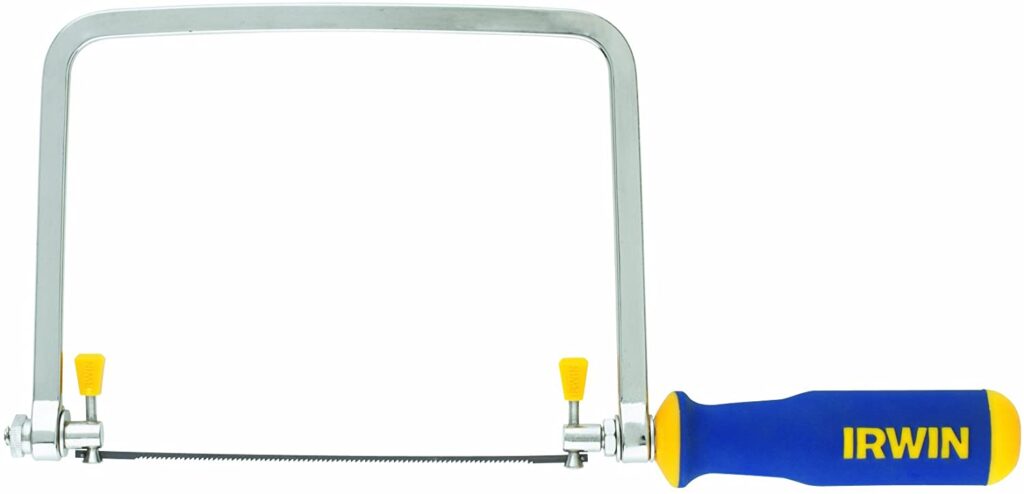
A coping saw is one of the other types of handsaws that come in handy for precise cutting. While a fret saw comes in handy for jewelry, a coping saw is best for detailing in carpentry.
The safety rules are about the same as the fret saw. Make sure to cut away from yourself and and keep your limbs away from the blade. Keep it sharp for precision and to avoid breakage.
Camping Saw
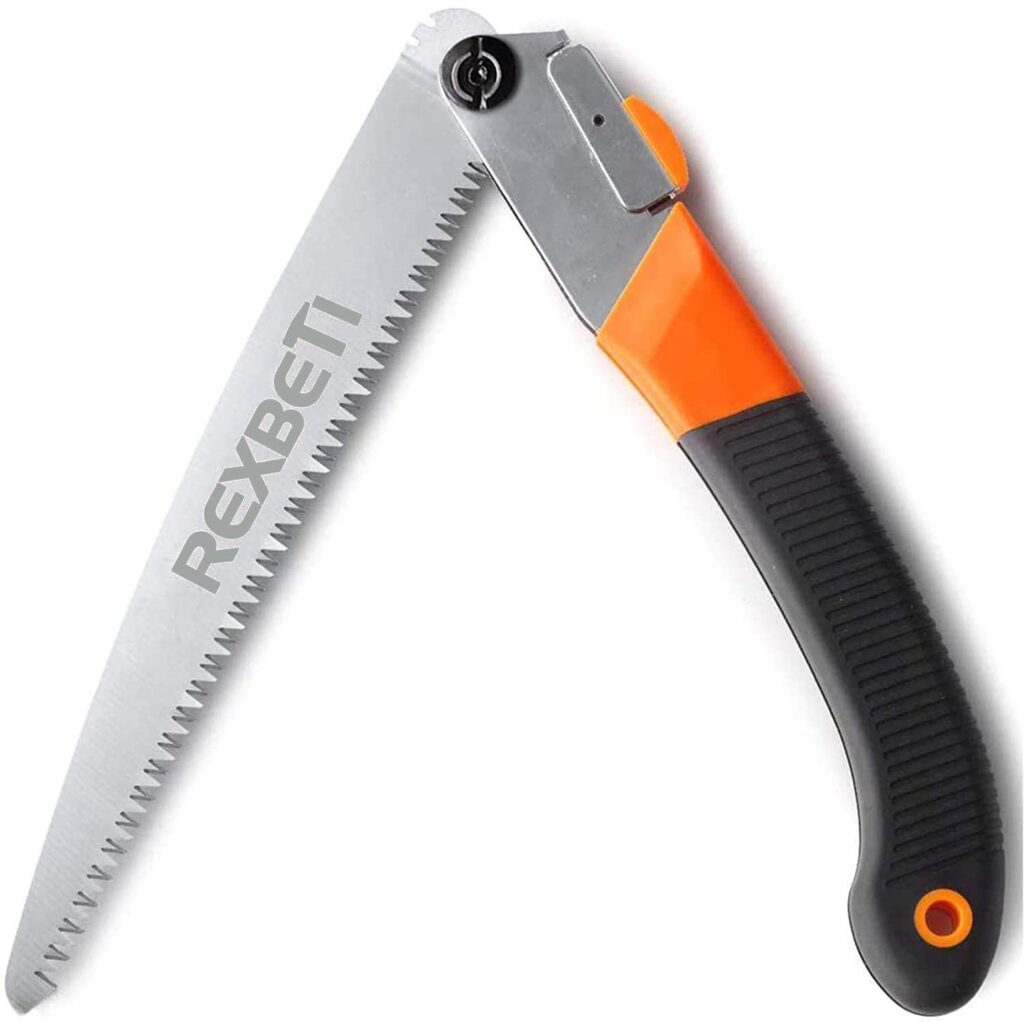
A camping saw is one of the best types of hand saws for taking on the go. Many of them fold up for easier portability. They’re lightweight, have fewer teeth, and can cut through items quickly. They’re best for cutting small wood and other green growth.
To use a camping saw safely, ensure you wear some protection. Keep the blade a safe distance away from your hand to avoid injury.
Pull Saw

Next up in our list of hand saws is the pull saw. They’re angled in the opposite direction, so the physical cutting happens in the pull motion rather than the push.
A pull saw is often utilized for the following:
- Cuts that join wood
- Kerfs in plastic-like materials
A pull saw is a form of precise cuts.
Since the cut happens in the pull, ensure you take your time to avoid slamming the blade into your body. A pull saw is powerful in a different way.
Back Saw
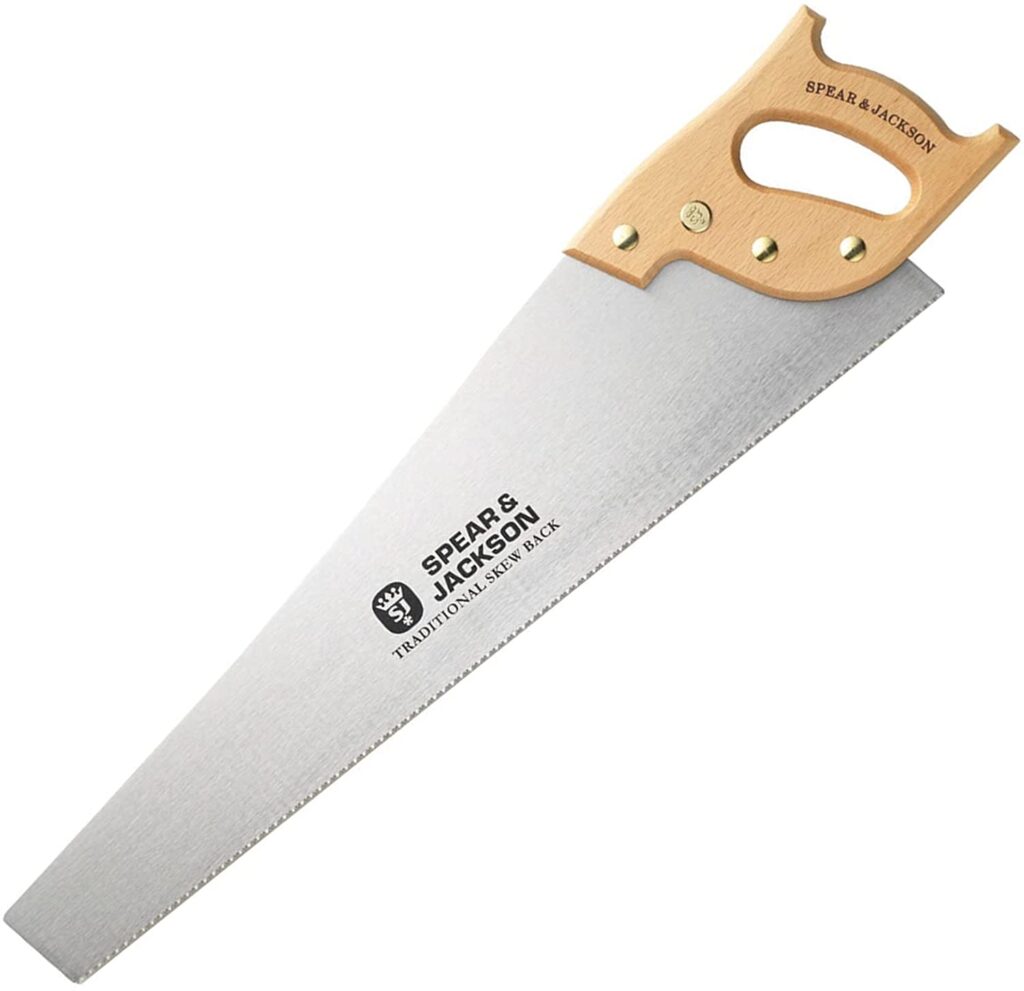
A backsaw is the next type of handsaw. This saw has a thick blade rather than a thinner one. It has a reinforced back that will keep the steel straight while you cut. It allows excellent control with crosscut teeth. It’s a precise blade.
A backsaw can come in handy for the following:
- Cutting off pieces
- Slicing joints
- Forming dovetails
It’s a thicker saw, but you have some great control.
To safely utilize a backsaw, wear safety gear when you go about your project. Keep the blade sharp and cut in a straight line for the best results.
Rip Saw

A rip saw is a type of hand saw created for cutting wood. It gets its name from the slice it makes in the wood, parallel to the wood grain. This act is different from several types of hand saws for wood.
Stand to the side when cutting, rather than in front to avoid being if something kicks back. Keep the blades sharp and cut with a firm grip.
Japanese Saw
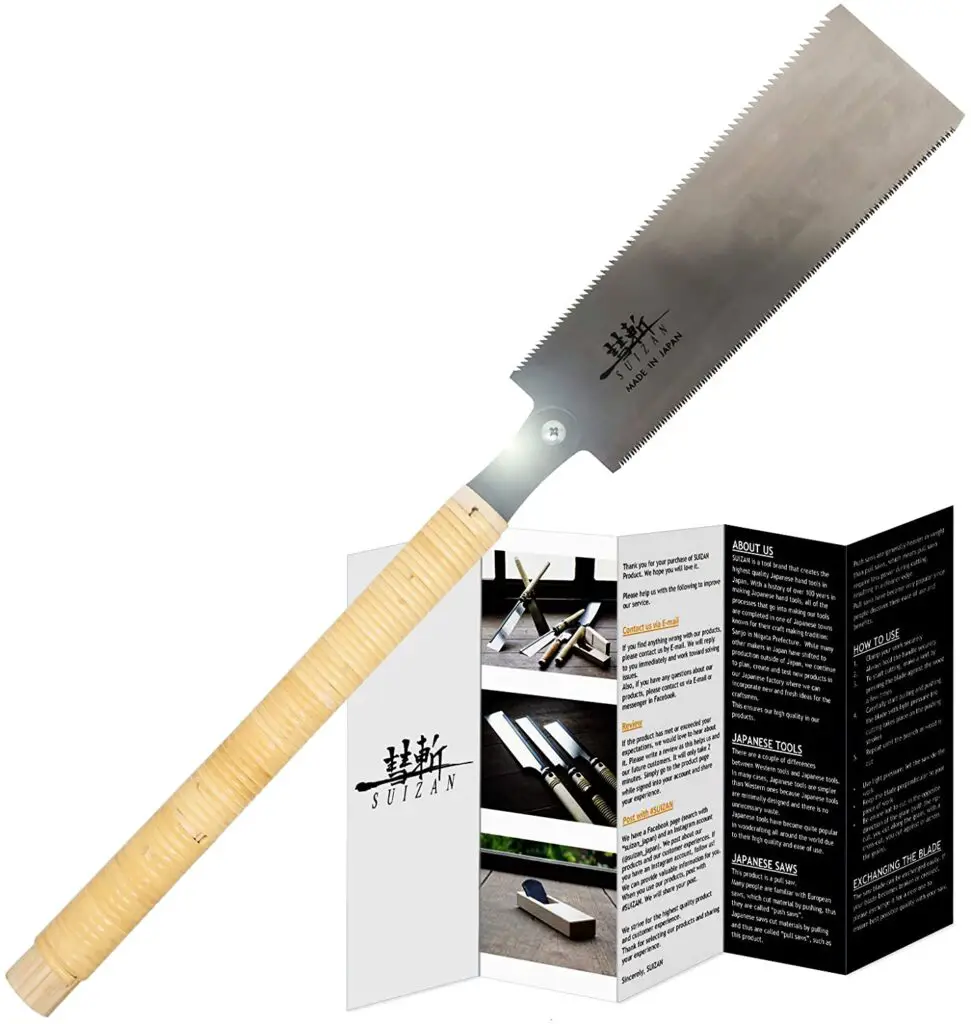
The next saw on our list is the Japanese saw. It’s most commonly used in Japanese woodworking but has slowly made its way to Western society. It makes use of the pull stroke rather than the push.
The same safety rules apply to the Japanese saw as the pull saw. Keep them in mind to stay safe as you cut.
Keyhole Saw
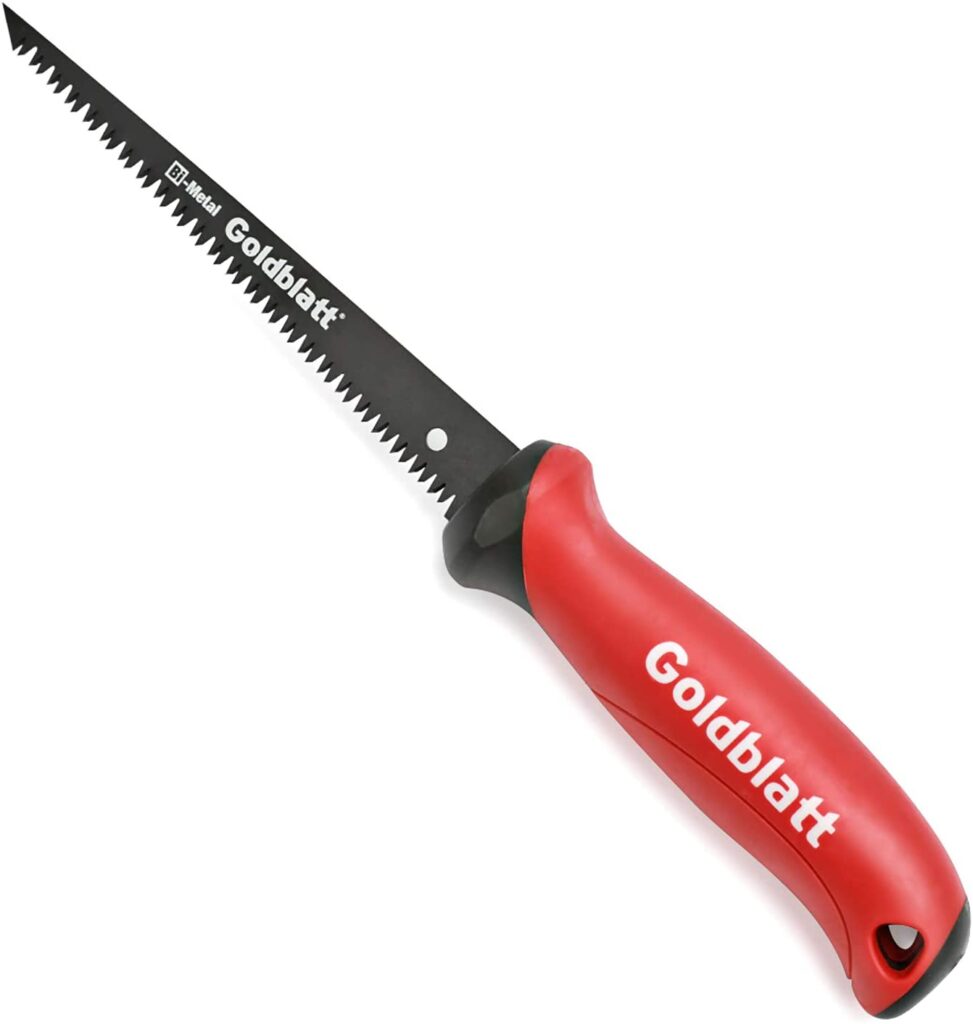
A keyhole has a unique shape. It starts wide at the base, then grows narrow as it grows longer. A keyhole saw is one of the types of handsaws intended for sawing out holes in wood or drywall projects.
When using a keyhole saw, keep your eyes away from the motion. It involves a pulling motion, so it’s critical to keep your body away to prevent harming yourself.
Bow Saw

Last up on the types of handsaws is the bow saw. It got its name from the bow-like shape of the handle, arching over the straight blade. They’re pretty lightweight and easy to handle. They’re great if you want to be neat and quick at the same time.
Bow saws are best for cutting items such as:
- Logs
- Trees and shrubs
- Branches
They can slice through these precisely.
To safely utilize a bow saw, wear gloves and glasses. Ensure there’s enough room for both your hand and the saw to coexist. Keep the blade sharp and hold a tight grip on the handle.
That concludes my list of 11 most popular types of handsaw. Thank you for reading and I hope you’ve enjoyed learning about the many different hand saws that are popular today.
Happy sawing!
Your pal,
Chainsaw Larry
